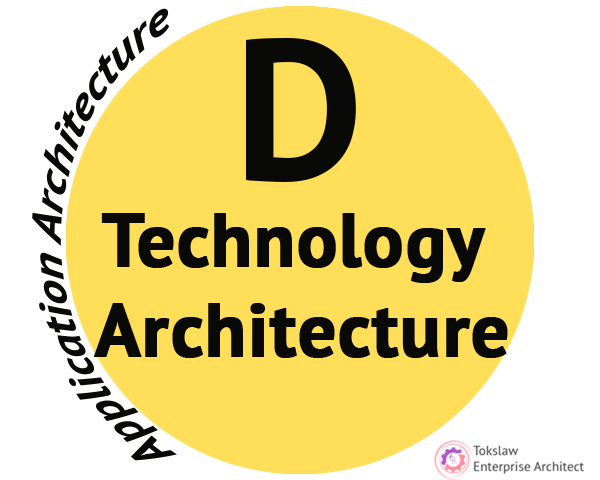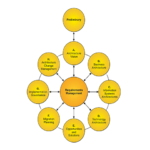Bridging the Gap Between Current and Future State
Welcome back to our ongoing discussion on application architecture! Today, we’re dipping deep into the crucial phase of developing your target application architecture and the roadmap for achieving it. This process is essential in identifying the gaps between your current state (baseline architecture) and your desired future state (target architecture). Let’s break down the steps, inputs, and expected outputs involved in this phase.
The Purpose of Application Architecture Phase
At its core, the purpose of this phase is to craft a comprehensive application architecture that aligns with your organization’s strategic goals. It begins with understanding where you currently stand in terms of software applications and figuring out where you want to go. The roadmap we create serves as a guide to close the gaps identified in this transition.
Inputs to the Application Architecture Development
Much like the data architecture phase, the inputs for this phase remain consistent. Your business principles now include both data and application principles previously established. Drawing from the architecture documents developed in Phase A and Phase B, you’ll harness these insights to create a unified application architectural framework.
Steps to Develop Application Architecture
The steps for developing your application architecture mirror those of the data architecture phase:
- Define the Baseline and Target Application Architectures: Assess what software applications are currently in place and how they function today. Then envision how these applications should operate in the future.
- Identify Gaps: Analyze the discrepancies between your baseline and target architectures. What is lacking in your current software setup that prevents you from achieving your future vision?
- Define Work Items: Outline the necessary tasks to close those gaps. What projects need to be undertaken to enhance your application framework?
- Resolve Conflicts and Impacts: Review the architecture definition for any conflicting elements or potential impacts. Having clarity on these aspects is crucial for the coherence of your architecture.
- Feedback and Refinement: After drafting your application architecture, gather feedback from stakeholders. This collaborative approach ensures the architecture meets organizational needs before finalizing it.
- Finalize Your Application Architecture: Once all feedback has been integrated, finalize the application architecture and document it clearly in your architecture definition document.
Outputs of the Application Architecture Phase
At the conclusion of this phase, the outputs are focused on establishing a robust architecture:
- Baseline and Target Application Architectures: Clear documentation of both current and future states.
- Architecture Requirements: Detailed requirements derived from the assessed architecture.
- GAP Analysis: Insights gathered from the requirements analysis.
- Architecture Roadmap: A strategic outline depicting how you’ll transition from your baseline to target architecture.
Artifacts of Application Architecture
Throughout this phase, various artifacts will be produced, including catalogs, matrices, and diagrams. These will primarily focus on naming conventions for software and applications within your organization. Expect to see process application realization diagrams and software engineering diagrams among the artifacts, all crucial for visualizing the application architecture.
What’s Next?
In our next discussion, we’ll delve into the foundational components that support application architecture: the technology stack, servers, cables, and networking infrastructure. This lower-level phase is vital as it connects all elements of your architecture together.
Stay tuned as we continue to explore the intricacies of application architecture and how it can propel your organization toward its strategic objectives.



Pingback: Data Architecture in the ADM Framework – Toks Lawal